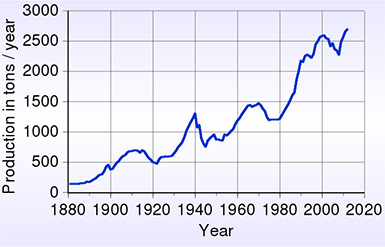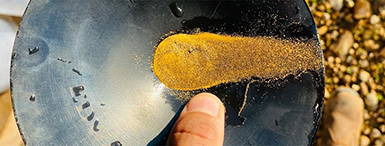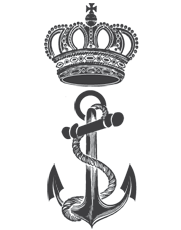
Small-scale Gold Mining in Ghana
Ghana is the world’s 7th largest producer of gold; producing over 102 metric tons of gold and the 10th largest producer of gold in the world in 2012; producing 89 metric tons of gold. Ghana is the 2nd largest producer of gold on the Africa continent behind South Africa. Ghana has the 9th largest reserves, and is the 9th largest producer, of diamonds in the world
Experience in Proposed Type of Mining Operation/Development and Area of Geographic Interest: Experienced in prospecting for hardrock and alluvial gold/diamonds in the Birimian terrain of Ghana through the use of stream sediment sampling, prospecting for alluvial mineral deposits, grid-based geochemical soil sampling, ground geophysical survey, pitting and trenching. Field data acquired are evaluated and interpreted to delineate anomalies related to gold and diamond ore deposits. The
Company has experts with knowledge and experience in the mining of alluvial gold/diamonds by the use of open-pits.
The Pramkese Gold Concession is located near Kade in the Kwaebibirem District of Ghana and covers a total surface area of 7.8 km2. In August, 2010, the Palazzo Mining Ghana Limited was granted a licence by the Minerals Commission to enable the Company prospect for gold and diamonds in the concession.
The Concession is strategically located in the transition zone between the Cape Coast sedimentary basin and the Kibi-Winneba volcanic belt which is considered to be a geologically favourableterrain for primary gold mineralization.
Till date, the Company has carried out intensive exploration work in the concession aimed at assessing its potential for alluvial gold and diamond mineralisations. The data collected so far have been evaluated and the results show that the concession has economic deposits of alluvial gold and diamonds along the valley flats and old terraces of the Forinsara River and Abena stream. The total number of pits dug to collect alluvial concentrate samples is 295.
The estimated reserves of alluvial gold and diamonds in the investigated parts of the concession are 46,521.36 ounces and 3,941,848.20 carats respectively. The average grades of 0.403 g/m3 obtained for gold and 1.01 carat/m3 determined for diamonds were used in the reserve estimations. These grades are above the accepted threshold values of 0.20g/m3 and 0.40 carat/m3 for which gold and diamonds deposits could respectively attract attention for their economic assessment.
The mining operation will largely depend on a fixed washing plant with a capacity of 100m3/hr capacity. The treatment plant is complete with grizzly, separator and concentrator. It is expected that if the volume of 320,000 m3 of ore-bearing gravels is treated in a year by working in 2-shifts each for 10-months per year, the mining project will last for about 12.20 years.
The Capital Cost of the proposed mining project covering the costs of heavy duty vehicles, mining equipment, spare parts, fuel and construction of mine structures is USD 4,500,000. Besides this, a monthly operating cost of USD 733,000 will also be incurred on the mining project.
It is estimated that there will be a daily average operating cost of USD 750/ozfor fine gold and USD 22.08/carat for diamonds. This includes a 3% royalty payment expected to be made to the Government of Ghana.
The expected revenues to be realized from the gold and diamond sales are USD 276,178,722.00. This calculation is based on a gold price of USD 1,700/oz of gold and USD 50/carat of diamonds as at November, 2011.
The cost-benefit analysis of the project yields a positive net benefit of USD 270,945,722.00.It is therefore deduced that the project will be economically feasible and can be implemented.
For more information contact within
|





 About us
About us